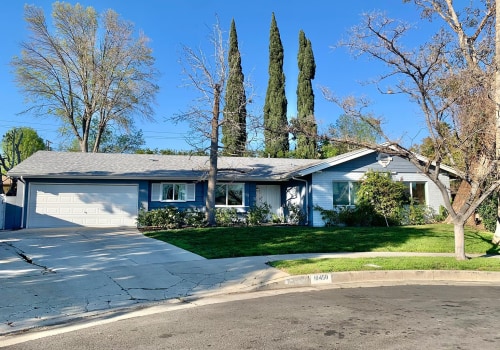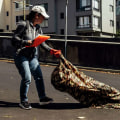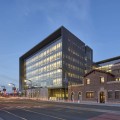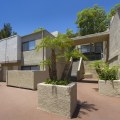The Granada Hills neighborhood organization in California has a mission to promote the growth and development of the local community. This includes providing resources and support to local businesses, encouraging civic engagement, and advocating for the needs of the community. The organization has been active since 1927, when it was first established by Edwards and Wildey Company, important subdividers of the time. The organization was initially part of the West Valley Associated Chambers of Commerce, and held the position of secretary for 15 years.
In 1931, residents considered changing the name to something other than Granada, but before any definitive action was taken, California Trust Co took over the Granada area. In order to foster growth and development in the area, the organization built a large pavilion just east of the municipal offices. Passengers were offered free rides from Los Angeles, in addition to a meal, so that they could see and learn about the great opportunities offered by Granada. The pavilion also served as a meeting place for the Chamber of Commerce, the Women's Club and the Granada Rabbit Association. The organization also encouraged civic engagement by providing resources to local businesses.
They built a service station on the corner of Chatsworth and Shoshone, and launched Granada's business district. Several businesses were tried out in the Granada building, including a cafeteria and another market. In addition to promoting growth and development in the area, the organization also advocated for the needs of the community. When the Granada school closed in 1932, they provided transportation for children to be taken by bus to O'Melveny school in San Fernando. They also replaced orange trees with California Trust Co., and promoted Granada as a rabbit breeding colony. The mission of the Granada Hills neighborhood organization is to advance growth and development in the local community by providing resources and support to local businesses, encouraging civic engagement, and advocating for the needs of the community.







